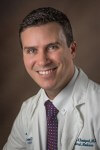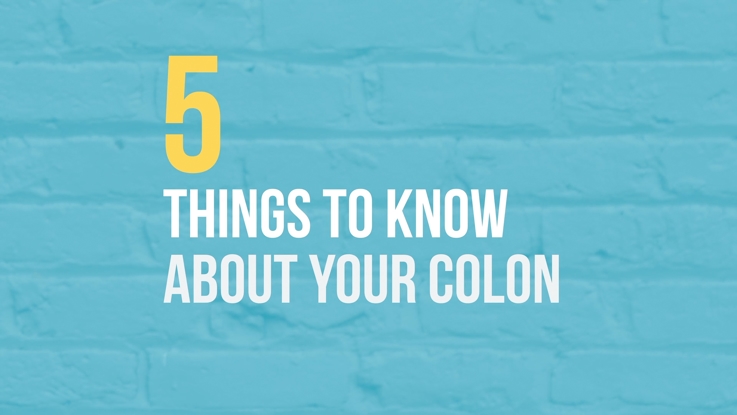New Blood Pressure Guidelines
- Category: Living Well
- Posted On:
- Written By: Randy Rossignol, M.D.
For the first time in 14 years, the high blood pressure guidelines have been redefined. As a result, the new guidelines will increase the amount of U.S adults having high blood pressure or hypertension from a third to nearly half of the population. These new guidelines by the American Heart Association and the American College of Cardiology are aiming to decrease complications of high blood pressure and to increase early intervention.
New Definition for High Blood Pressure
Previously, normal blood pressure was under 140/90 mm Hg. The guidelines now state that normal blood pressure is 120/80 mm Hg, which means high blood pressure should be treated at 130/80 mm Hg. The top number is systolic pressure, which refers to the pressure inside the artery when the heart contracts and pumps blood through the body. The bottom number is diastolic pressure, which refers to the pressure inside the artery when the heart is at rest and is filling with blood. Both the systolic and diastolic pressures are recorded as “mm Hg” (millimeters of mercury). This recording represents how high the mercury column in the blood pressure cuff is raised by the pressure of the blood. These numbers are important in determining your risk of heart attack, heart failure or stroke.
Blood pressure categories in the new guidelines:
- Normal: Less than 120/80 mm Hg
- Elevated: Top number (systolic) between 120-129 and bottom number (diastolic) less than 80
- Stage 1 hypertension: Systolic between 130-139 or diastolic between 80-89;
- Stage 2 hypertension: Systolic at least 140 or diastolic at least 90 mm Hg;
- Hypertensive crisis: Systolic over 180 and/or diastolic over 120
Monitoring Blood Pressure

The new guidelines encourage additional monitoring with home blood pressure monitoring. This monitoring will help to eliminate masked hypertension or white coat hypertension. Masked hypertension is when your blood pressure is normal in a medical setting but high outside the medical office. White coat hypertension is when your blood pressure is high in the medical setting and normal outside the medical office. This additional monitoring can aid in diagnosing high blood pressure and treatment. However, make sure to follow directions while checking your blood pressure and make sure the cuff is validated.
Focus on Diet
The guidelines recommend diet as the first-line of treatment for high blood pressure, such as the DASH eating plan. DASH plan consists of:
- Eating vegetables, fruits, and whole grains
- Including fat-free or low-fat dairy products, fish, poultry, beans, nuts, and vegetable oils
- Limiting foods that are high in saturated fat, such as fatty meats, full-fat dairy products, and tropical oils such as coconut, palm kernel, and palm oils
- Limiting sugar-sweetened beverages and sweets.

The new guidelines also recommend decreasing salt, exercising and drinking no more than two alcoholic drinks per day for men, and one for women. By changing your lifestyle, it can decrease your systolic by 11 points. Medication may not be needed if you are a stage 1 hypertension with no existing cardiovascular disease. However, if you have a significant risk of developing cardiovascular disease, medication and diet are both recommended.
Final Thoughts
If you do not have high blood pressure, it is still important to diet and exercise. A healthy lifestyle can decrease your risk of diabetes and other diseases. It is also important to consistently monitor your blood pressure and visit your physician annually for your checkup. You are in charge of your health.
 Dr. Randy Rossignol is an Internal Medicine physician at Crescent City Physicians, Inc., a subsidiary of Touro Infirmary. After earning his medical degree from Louisiana State University(LSU) School of Medicine in New Orleans, he completed his residency at LSU Health Sciences Center in Baton Rouge. Dr. Rossignol joins practice with Dr. Lege and Dr. Occhipinti at Crescent City Physicians Primary Care Clinic on the campus of Touro Infirmary. For an appointment call 504-897-7999.
Dr. Randy Rossignol is an Internal Medicine physician at Crescent City Physicians, Inc., a subsidiary of Touro Infirmary. After earning his medical degree from Louisiana State University(LSU) School of Medicine in New Orleans, he completed his residency at LSU Health Sciences Center in Baton Rouge. Dr. Rossignol joins practice with Dr. Lege and Dr. Occhipinti at Crescent City Physicians Primary Care Clinic on the campus of Touro Infirmary. For an appointment call 504-897-7999.


